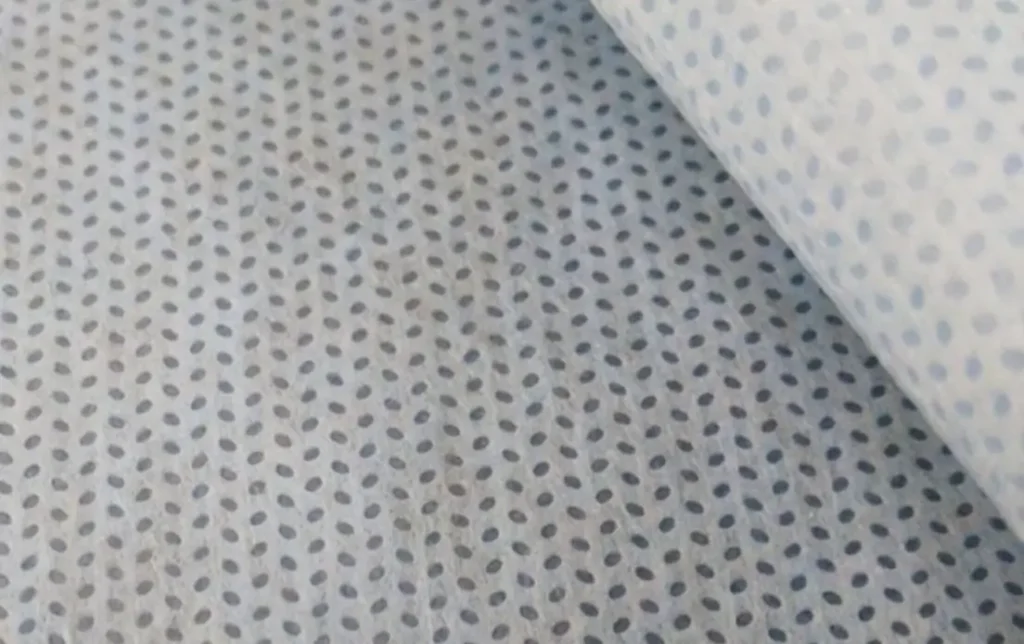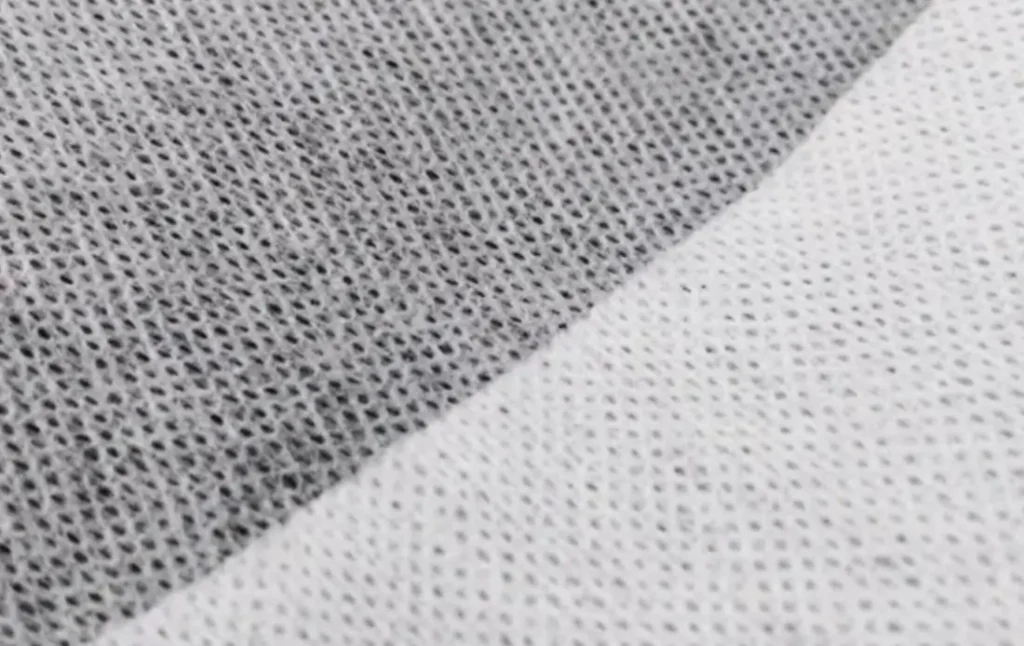Spunbond Fabric
All spunbond fabrics produced in our factory are ISO certified for consistent quality and performance. As a trusted spunbond nonwoven fabric manufacturer, we supply high-strength and durable materials to over 50 countries and regions worldwide, including South Africa, Mexico, and Southeast Asia—covering Thailand, Vietnam, the Philippines, and Indonesia. Our goal is to lead the industry in spunbond non woven fabric production, delivering innovative, reliable, and cost-effective solutions for diverse applications across global markets.
Discover Our Spunbond Fabric Collection – The Ultimate Nonwoven Solution
Our spunbond nonwoven fabric is a high-strength, breathable, and versatile solution for industrial, agricultural, and commercial use. Perfect for packaging, filtration, landscaping, and protective coverings, it offers:
Excellent tensile strength and tear resistance for long-term stability
Lightweight, easy handling for quick installation
Durable with outstanding breathability
Customizable width, weight, and color options
From crop protection to construction projects, our spunbond nonwoven fabrics deliver consistent quality and performance. As a trusted spunbond nonwoven fabric manufacturer, we ensure every roll meets strict standards for superior results.
MJY CAPABILITY
Completed Projects
Countries/areas served
Employees
Years In Business
Eco-Friendly Urban Design
Engineered with recycled polymers and low-carbon production to reduce ecological footprint.
Our geosynthetics blend durability with environmental responsibility, supporting greener infrastructure.
Transportation Solutions
Reinforcing roadways and railways with high-strength geotextiles to extend lifespan and cut maintenance emissions.
Smart material solutions minimize soil erosion, ensuring stable and eco-conscious transport networks.
Green Spaces and Biodiversity
Erosion control mats and permeable liners foster vegetation growth, revitalizing urban and natural habitats.
Protecting soil integrity to sustain ecosystems while building resilient landscapes.
Resource Efficiency
Precision-engineered geocomposites slash material waste and optimize water/energy use in construction.
Closed-loop recycling systems transform industrial byproducts into high-performance geosynthetics.
Resilience Against Climate Change
Flood-resistant barriers and coastal reinforcement systems guard communities from extreme weather impacts.
Climate-adaptive materials ensure infrastructure stability through decades of environmental stress.
Community Engagement
Collaborating with local engineers and NGOs to implement sustainable geotechnical solutions.
Educating stakeholders on eco-friendly practices that align with global climate goals.
Difference between Spunlace Fabric vs spunbond fabric


Spunlace fabric and spunbond fabric are both widely used nonwoven materials, but each has unique characteristics and applications.
Understanding these differences is essential when selecting the right fabric for your needs, as the choice directly impacts performance, durability, and cost-effectiveness.
Let’s take a quick look at the main distinctions between these two fabrics and how each can best serve your specific project requirements:
| Key difference | Spunbond fabric | Spunlace fabric |
|---|---|---|
| 1. Manufacturing process | Spunbond fabric is manufactured by bonding the webs mechanically, chemically or thermally. | The bonding method used in the manufacture of spunlace fabric involves using water jets at high pressure. |
| 2. Water absorption | Spunbond fabric is made to be moisture resistant. | Spunlace fiber absorbs moisture. |
| 3. Tensile strength | Spunbond fabric provides more resistant to breaking and shearing forces. | Spunlace fabric is softer, has lower tensile strength and is therefore less durable. |
| 4. Costs | Spunbond fabric is commonly manufactured from polypropylene hence lower costs are incurred. | Spunlace fabric is commonly manufactured from polyester, cotton and viscose hence more costs are incurred in its manufacture. |
| 5. Temperature resistance | Spunbond fabric is highly resistance to extreme temperature and can operate over a wide range of temperatures. | Spunlace fabric is less resistance to high temperatures and may deform when used in such environments. |
Client Testimonials
Our clients love us, here are a few of their quotes.




Which Spunbond Fabricmaterial is right for you?
Our technical team can help you select the best spunbond fabric material by assessing your project’s structural, environmental, and budget requirements. Whether you need:
- PP spunbond nonwoven fabric for lightweight, cost-effective packaging and agricultural use
- PET spunbond nonwoven fabric for maximum strength, durability, and temperature resistance
- Or other custom blends for specialized applications
We can provide tailored recommendations to ensure optimal performance.
Let us help you find the ideal spunbond nonwoven fabric—designed for strength, breathability, and long-term efficiency in your specific industry.

FAQ
Are Spunbond Fabrics Breathable?
Yes, spunbond fabrics are breathable thanks to their nonwoven structure, which allows air and moisture vapor to pass through while maintaining durability. This makes spunbond nonwoven fabric ideal for applications like agricultural covers, medical products, and breathable packaging. As a trusted spunbond non woven fabric manufacturer, we can customize porosity to match your project’s airflow and comfort needs.
Can you Recycle Spunbond Fabric?
Yes, spunbond fabric is recyclable. Many spunbond nonwoven fabrics, especially those made from polypropylene, can be collected, processed, and reused to create new products, making them an eco-friendly choice. Choosing recyclable spunbond fabric supports sustainability while delivering strength, durability, and versatility for various applications.
Is Spunbond Fabric Waterproof?
Yes, spunbond fabric can be made with water-resistant or waterproof properties, but it is not inherently waterproof in its untreated form. Standard spunbond nonwoven fabric is breathable and allows some moisture penetration. For waterproof performance, it is often laminated or coated with materials like PE or PP film.
This makes waterproof spunbond fabric ideal for applications such as medical gowns, outdoor covers, and protective packaging, while untreated versions remain suitable for filtration, agriculture, and landscaping where breathability is important.
What ae the Disadvantages of Spunbond Fabric?
Disadvantages of Spunbond Fabric
Less soft than natural textiles.
Standard spunbond nonwoven fabric is not waterproof without coating.
Can degrade under UV light if not stabilized.
Limited heat resistance.
Made from polypropylene, so not naturally biodegradable.
These points should be considered when selecting spunbond fabric for industrial, agricultural, or commercial use.
One Stop Geosynthetics Manufactry Leader
MJY is a trusted geosynthetic manufacturer for over 10 years with our expertise and vast knowledge in the industry.
